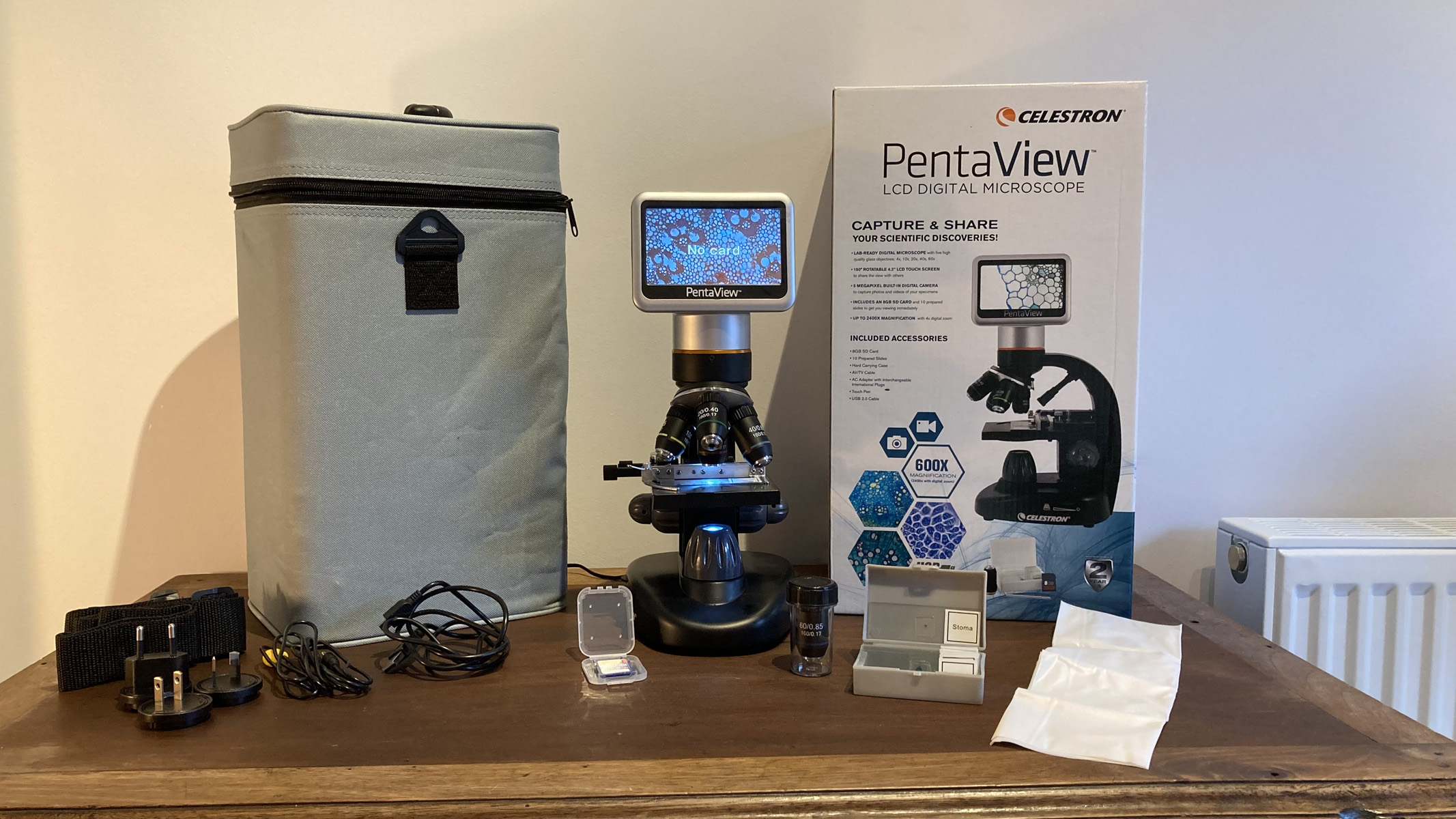TropicalMed, Vol. 9, Pages 231: A Five-Year Malaria Prevalence/Frequency in Makenene in a Forest–Savannah Transition Ecozone of Central Cameroon: The Results of a Retrospective Study
Tropical Medicine and Infectious Disease doi: 10.3390/tropicalmed9100231
Authors: Joël Djoufounna Roland Bamou Juluis V. Foyet Laura G. Ningahi Marie P. A. Mayi Christophe Antonio-Nkondjio Timoléon Tchuinkam
Objective: Understanding the epidemiological features of malaria is a key step to monitoring and quantifying the impact of the current control efforts to inform future ones. This study establishes the prevalence and frequency of malaria in a forest–savannah ecozone for 5 consecutive years in Cameroon. Methods: A retrospective study was conducted in 3 health centers of Makenene from 2016 to 2020, a period covering the second long-lasting insecticide net mass distribution campaign. Malaria infectious records were reviewed from laboratory registers. The difference in exposure to malaria was estimated using a regression logistic model. Results: A total of 13525 patients underwent malaria diagnostic tests, with a general malaria prevalence of 65.3%. A greater prevalence of malaria was observed in males (68.39%) compared to females (63.14%). The frequency of consultations in health centers was dominated by females, with a gender ratio (M/F) of 0.66. Annual trends in malaria prevalence slightly varied from 2016 to 2020, exceeding 60%: 65.2% in 2016; 66.7% in 2017, 68.1% in 2018, 63.2% in 2019, and 65.3% in 2020, with a significant seasonal variation (p < 0.0001). The highest malaria prevalence was observed during the short rainy season, no matter the year. Among positive cases, the most represented age groups were 6-15 (p < 0.0001), followed by those under 5, while the age group >25 years was the least represented. Conclusion: Close monitoring and additional intervention measures for malaria control are needed, as are more studies on vector bionomics and transmission patterns.

 2 months ago
32
2 months ago
32


